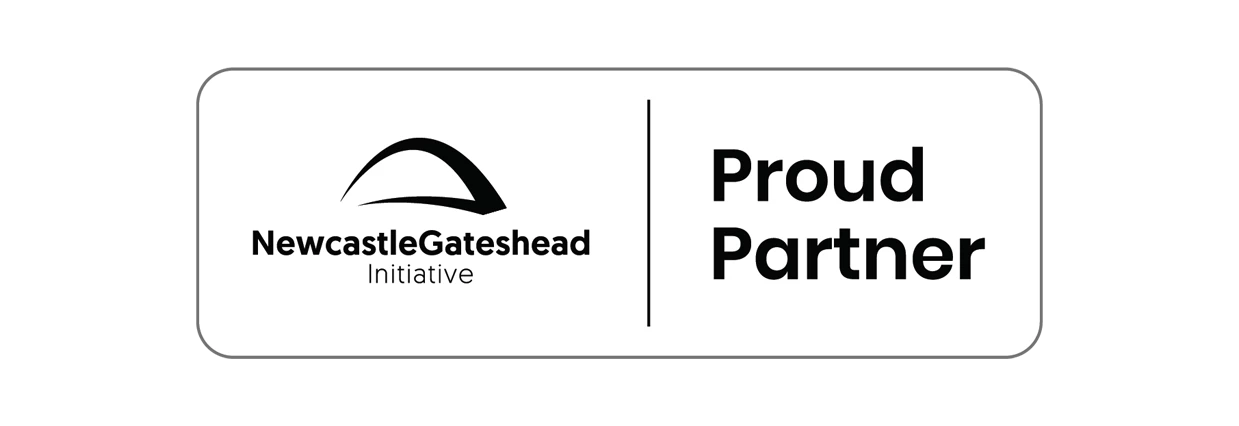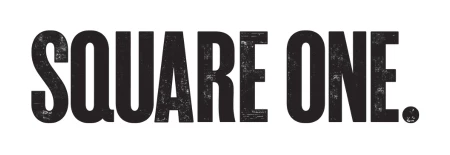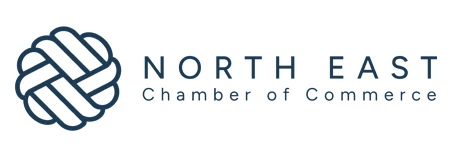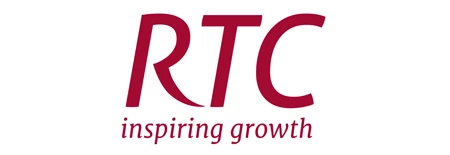Partner Article
Top tips for a successful recall
Effective recalls must run like a well-oiled machine. Every aspect needs to be coordinated and documented, while communications have to be well targeted. Correspondence between disparate partners creating and selling the faulty product and the affected consumers purchasing the product must be made swiftly. Each individual concern of those affected has to be answered with an authoritative response. In addition, every detail must be documented carefully to prove due diligence to regulators.
Failure on any of these fronts places the company in the crosshairs of eager lawyers, strict regulators, and an upset populace with a tainted view of a known brand.
But not all recalls carry the potential for disaster. Some, in fact, are executed carefully enough to improve the company’s standing not only with consumers, but also regulators and partners. That’s because a few core concepts can guide even the most beleaguered organisation out from the maze of a recall and straight down the path of effective recall management.
Coordination
The first step in coordination is preparing and testing a recall plan well ahead of an actual recall, so there are no nasty surprises throughout the recall process when a potential recall rears its ugly head. All organisations undergoing a recall must orchestrate the separate elements involved in making and selling the defunct product into an efficient retrieval machine; communicate with agency regulators, notify consignees individually, alert vendors to stop production and request a list of customer contacts from retailers or retail bodies, if possible. Combined, these efforts provide the foundation for organisations to build their recall campaign.
Targeted Communications
After the foundation is established, it’s time to build out the recall campaign. This means launching targeted communication campaigns. These outreach efforts demand more than simply participating in the required bilateral press conference with the appropriate regulatory body.
Companies must find at-risk customers, warn them the product is being recalled and advise them on how to return the product. It is necessary for the language of the campaign to be adapted to each community affected.
Throughout the campaign, companies must keep in mind that how they communicate with consumers is different to how they communicate with partners, vendors, and regulators.
Documentation
To prove the efficacy of outreach campaigns to regulators, companies must document everything. Fortunately, communication, along with other reports like effectiveness checks and records of each step taken in a recall, can act as documentation proving a company’s case. If successful, a company can petition to end a recall. But, petitions can only take place if the company in question can prove it successfully withdrew a dangerous product from the mass market.
This was posted in Bdaily's Members' News section by Farzad Henareh .








 The real cost of tendering for construction SMEs
The real cost of tendering for construction SMEs
 A welcome step forward – but let’s keep pushing
A welcome step forward – but let’s keep pushing
 Industrial strategy 'can drive business forward'
Industrial strategy 'can drive business forward'
 Industrial strategy 'can be game-changer we need'
Industrial strategy 'can be game-changer we need'
 Driving skills forward with near £100,000 boost
Driving skills forward with near £100,000 boost
 What pension rule changes could mean for you
What pension rule changes could mean for you
 North East can't be an afterthought in AI future
North East can't be an afterthought in AI future
 Understanding the impact of the Procurement Act
Understanding the impact of the Procurement Act
 Is the UK losing ground in life sciences investment?
Is the UK losing ground in life sciences investment?
 Construction workforce growth can't be a quick fix
Construction workforce growth can't be a quick fix
 Why it is time to give care work a makeover
Why it is time to give care work a makeover
 B Corp is a commitment, not a one-time win
B Corp is a commitment, not a one-time win